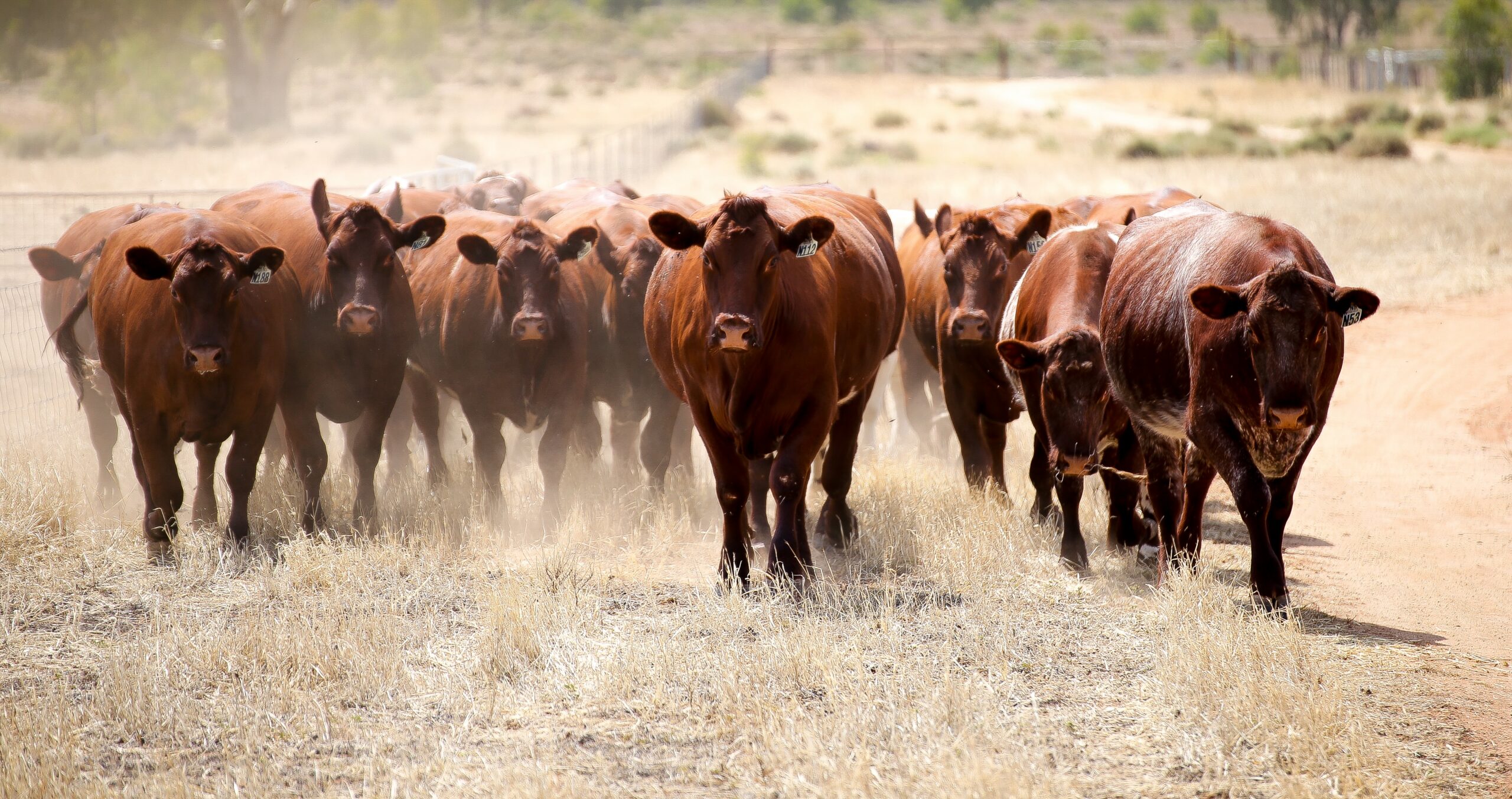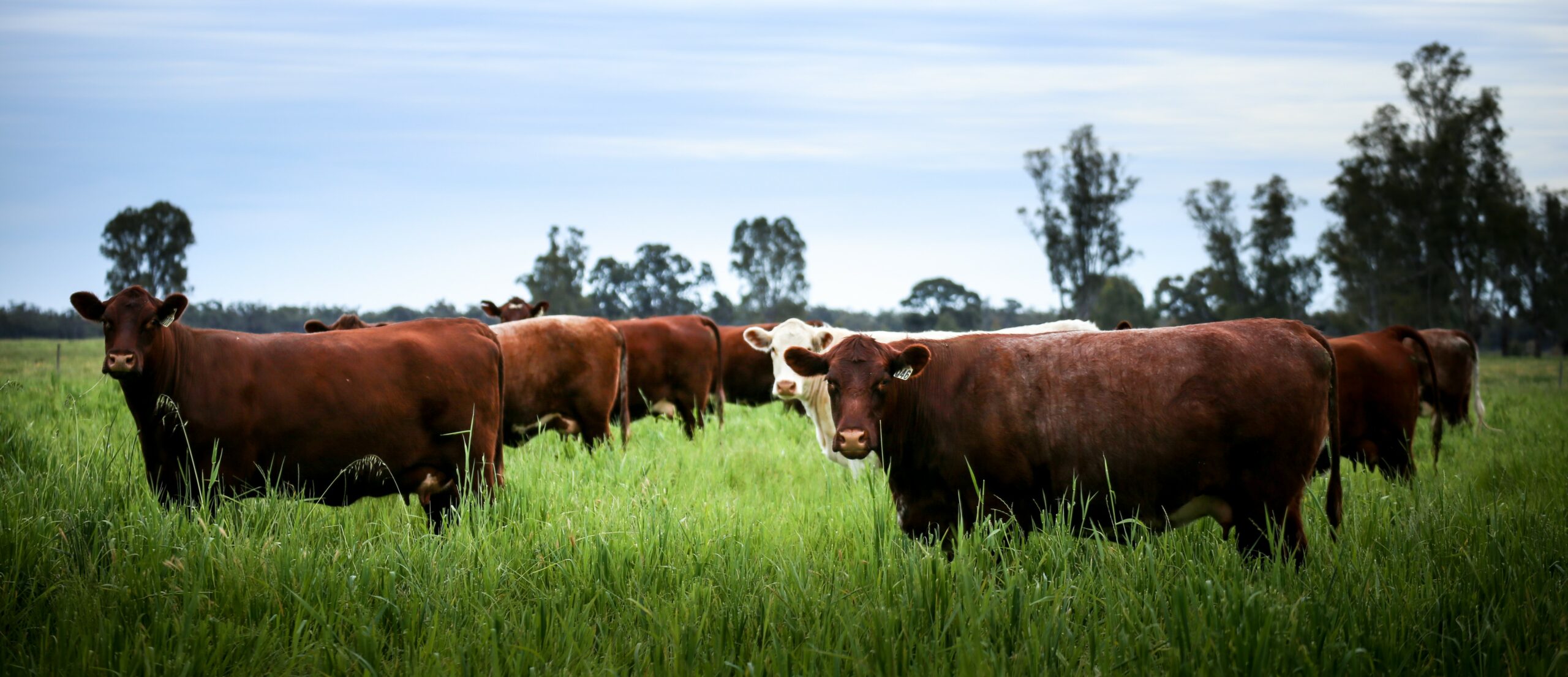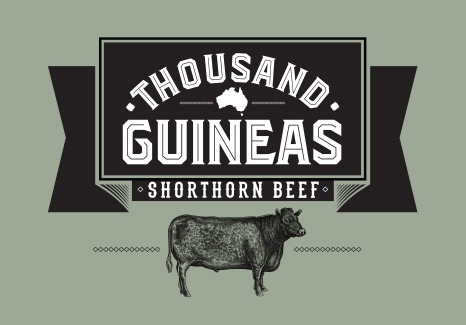Understanding the Stayability EPD
UNDERSTANDING THE STAYABILITY EPD
As breeders we often focus on traits that we believe will maximise our gross returns. Growth and carcase traits often dominate our selection criteria and with some reason. Heavier calves and heavier carcasses return more $$ per head. Better quality carcasses keep the buyers coming back as well as giving breeders access to premium markets.
The reality is though, high performing animals are putting pressure on reproductive longevity. Striking the balance can be easy enough in good seasons but finding the balance in variable seasons is proving challenging for many breeders across Australia.
It may seem obvious, but maximising NET returns for commercial breeders, not gross returns, is the critical outcome for sustainable beef production. As one very successful operator said;
“Sustainability is the most important measure. Still, most cattle breeders chase a premium. You can get paid a premium and not be profitable. You can make a profit and not be sustainable. The Australian beef industry is running two steps behind the rest of the world.”
That’s not to say that breeders shouldn’t look to achieve the best returns they can, but the difference between the most profitable breeders in Australia and the least profitable, is mainly driven by the amount the produce and the cost of production, not c/kg.
That requires a balance between high performing cattle, producing quality carcasses and optimising maternal efficiency. The most critical of these is maternal efficiency.
WHAT IS STAYABILITY?
Stayability is defined as the differences in percentage of a sire’s daughters that are predicted to still be in the herd at 6 years of age, given that they calved at 2 year old.
In other words, if a breeder retains the daughters and carries them through to be a first calving 2 year old, what is the likelihood they will still be in the herd at 6 years of age.
Why 6 years of age?
Because that is about how long it takes a retained female to breakeven give the costs of heifer development.
Stayability was developed by Colorado State University in the mid 1990’s as a measure of cow reproductive longevity. Whilst some breeders were concerned that Stayability would work as a “quality” grade, the reality is Stayability is unrelated to quality.
The major reason cows are culled from commercial herds after calving at 2 years of age, is because they fail to get pregnant, with some emphasis also on traits such as structure and udder quality. So Stayability has proven to be a very good measure of reproductive longevity.
Moreover, Shorthorns have tremendous variation for the trait. Current Shorthorn sires show the top sire has a Stayability EPD of +22, whilst the lowest current sire has an EPD of -2.
Let’s assume that an average of 60% of your retained females make it to 6 years of age. Based on the EPD’s, we expect 82% of the top sires daughters to be in the herd at 6 years of age, compared to only 58% of the bottom sire. That is a substantial difference.
Stayability is calculated from the pedigree, genomic and calving records of females, beginning with their first calf record at 2 years of age.
Seedstock producers are encouraged to ensure that they register all calves born, even if they were born dead. There is no cost for online calf registrations.
To measure the predictive capabilities of the Stayability EPD, we looked at the calving records of daughters of proven AI sires.
In the attached graph, both sires were popular AI sires. Bull A has a Stayability EPD in the Top 1% of the breed and Bull B has a Stayability EPD in the bottom 99%.
Contemporary groups for Stayability are formed when 2 year old females within the herd record their first calf. The Stayability count then starts when they record their second calf. Calving percentage was calculated for daughters based on the percentage of calves recorded compared to the number of calves each daughter had an opportunity to have.
As you can see in the above graph, 100 % of Bull A (Top 1%) daughters who calved at 2 year old had then gone on to record a calf every year.
Bull B (Top 99%) had only 24% of daughters who calved at 2 year old, then go on to have a calf every year.
Selection for Stayability will improve the reproductive longevity of daughters.
USE OF FEMALE FATE CODES
Whilst not currently used for Stayability calculations, accurate fate codes for females will help to further refine Stayability predictions in the future. Shorthorns have adopted the standardised IGS fate codes. Accurate use of female fate codes may also allow for evaluation of further production traits in the future. Breeders are encouraged to ensure that they use the appropriate fate codes when culling breeders from their herd.
Stayability is a new measure of fertility for Shorthorn breeders and like all new measured traits, will take some time for breeders to be able to make serious genetic improvement. Despite this, Stayability is one of the most important EPD’s in the IGS suite for self-replacing herds.







